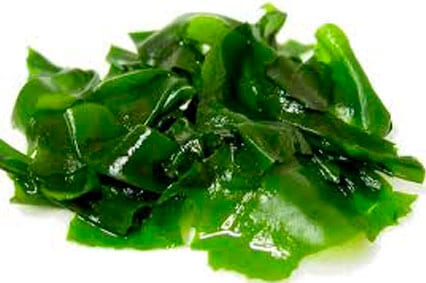When the most is being talked about this summer about food poisoning after the listeriosis outbreak with the meat of Madrugis, the consumption of fish with ciguatera worries. And it is that according to the experts who work in the PEuroCigua project and according to Spanish Agency for Food Safety and Nutrition (AESAN), in the last ten years it has risen to a 60% the incidence in our health of this toxin. That which large fish ingest when eating a type of microalgae that produce it in the marine tropics and subtropics. Learn more about this issue here.
Carrier resistant toxin in more than 400 species
The fish called 'ciguatos' that are carriers of the toxin live or go to feed the coral reefs where are the microalgae Gambierdiscus eccentricus. En general, More than 400 species They can become dangerous by carrying this element inside. However, the animals themselves do not suffer its harmful effects, they simply act in intermediaries even consumers.
Because, on many occasions, it is very difficult to detect in the treatment of the product if it carries the toxin. Is resistant al cold, heat and even the cooking, so it becomes even more dangerous as it cannot be removed by those methods. In addition, it does not give off no smell, taste or color exactly. It goes totally unnoticed in the fish. Only through laboratory analysis is it possible to check whether they are fish with ciguatera.
Just with the presence of 0,08 milligrams of the toxin symptoms such as diarrhea, nausea, vomiting, abdominal cramps, etc. can already originate in the marine animal. It is not a fatal disease, but curable with treatment. In any case, the concern is present because in the last ten years its presence has been increased by 60% throughout Europe. Experts also believe that it affects Half a million people per year.
Some of the fish with ciguatera
The causes of this important rise reside in several factors, but among them is the climate change and market globalization. The stilt fish They are usually large, such as sailfish, moray eels, barracuda, grouper or red snapper.







